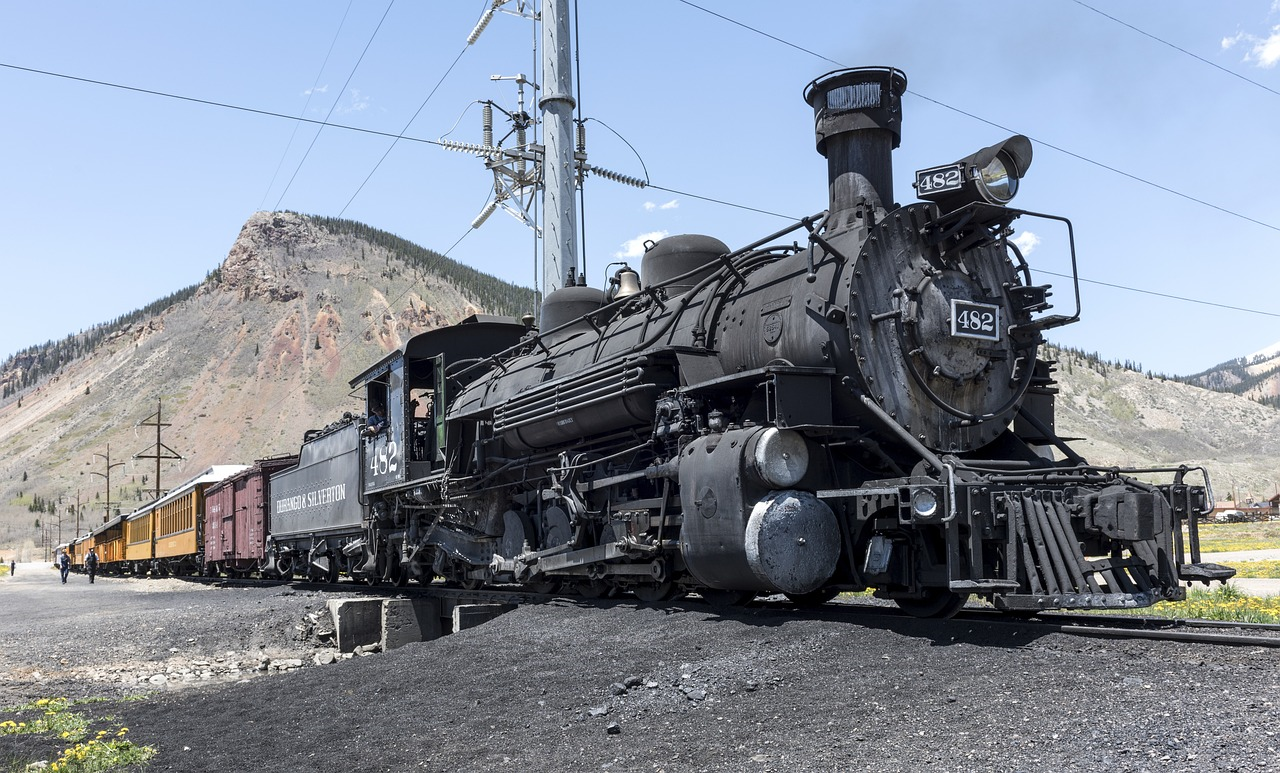Unit 2: Major Events and Achievements of the 19th Century (1800s)
Unit 2: Major Events and Achievements of the 19th Century (1800s)

Unit 11: Science and the Environment

Unit 2: Major Events and Achievements of the 19th Century (1800s)
This unit emphasizes the important political, economic, and social developments of the 19th century and the major achievements in the arts and sciences.
By definition, the 19th century lasted from 1801 through 1900 according to the Gregorian calendar. It is also referred to as the '1800s.' The invention of useable electricity, steel, and petroleum products during the 19th century lead to a second industrial revolution (1865–1900), that featured the growth of railways and steam ships, faster and wider means of communication, and inventions with names we all know today.
The 19th century was the age of machine tools - tools that made tools - machines that made parts for other machines, including interchangeable parts. The assembly line was invented during the 19th century, speeding up the factory production of consumer goods.
The 19th century gave birth to the professional scientist, the word scientist was first used in 1833 by William Whewell. Inventors began to design practical internal combustion engines. The lightbulb, telephone, typewriter, sewing machine, all came of age during the 19th century
- 1800-1810
Thomas Jefferson was in the White House, Lewis and Clark were heading west, a rebellion broke out in Ireland, Burr and Hamilton fought their duel, and Washington Irving kicked off American literature. Learn about the 1800s decade. - 1810-1820
The National Road made westward movement possible, Tecumseh organized Native Americans, the British burned the White House and the Capitol, Napoleon was defeated at Waterloo, and Andrew Jackson became an American hero at the Battle of New Orleans. Learn about the 1810s. - 1820-1830
The Missouri Compromise held the Union together, very bitter elections picked American presidents, the Erie Canal made New York the Empire State, Andrew Jackson's inaugural party nearly wrecked the White House, and Scotland Yard came into being. Learn about the 1820s. - 1830-1840
A steam locomotive raced a horse, Andrew Jackson beat up the man who tried to assassinate him, Charles Darwin visited the Galapagos Islands, a siege at the Alamo became legendary, and Queen Victoria began her lengthy reign. Learn about the 1830s. - 1840-1850
Queen Victoria married the love of her life, 'Tippecanoe and Tyler Too' won an American election, the British suffered a disaster in Afghanistan, Ireland was ravaged by the Great Famine, and Gold Fever struck California. Learn about the 1840s. - 1850-1860
Compromises over slavery delayed the Civil War, empires clashed in the Crimean War, Lincoln debated Douglas, and John Brown's raid made war in America seem much more likely. Learn about the 1850s. - 1860-1870
The United States was torn by the Civil War, President Lincoln was assassinated, novelist Benjamin Disraeli became Britain's prime minister, John Muir arrived in Yosemite Valley, and hero of the Civil War Ulysses S. Grant became president of the United States. Learn about the 1860s. - 1870-1880
Bismarck provoked the Franco-Prussian War, Yellowstone became the first National Park, Stanley found Livingstone, Boss Tweed went to jail, Custer met his end at the Little Bighorn, and the 1876 presidential election was most likely stolen. Learn about the 1870s. - 1880-1890
The Great Game was played out in the Second Anglo-Afghan War, Gladstone became prime minister, the Brooklyn Bridge opened with a huge celebration (and a disaster soon after), Krakatoa erupted, the Statue of Liberty arrived in New York Harbor, and the Johnstown Flood shocked the nation. Learn about the 1880s. - 1890-1900
Lizzie Borden was charged with an ax murder, Yosemite became a National Park, the Panic of 1893 devastated the economy, the first modern Olympics were held in Greece, and Teddy Roosevelt shook up New York City before charging up San Juan Hill.
Unit Focus
- How ideas from the French Revolution and the Napoleonic Era affected Latin America and Europe in the 19th century
- Advances made in art, literature, science, and music during the 19th century
- Reasons why immigrants came to the United States in the 19th century
Vocabulary
Lesson Reading
Videos and Interactives (Click on Images to View Content)

